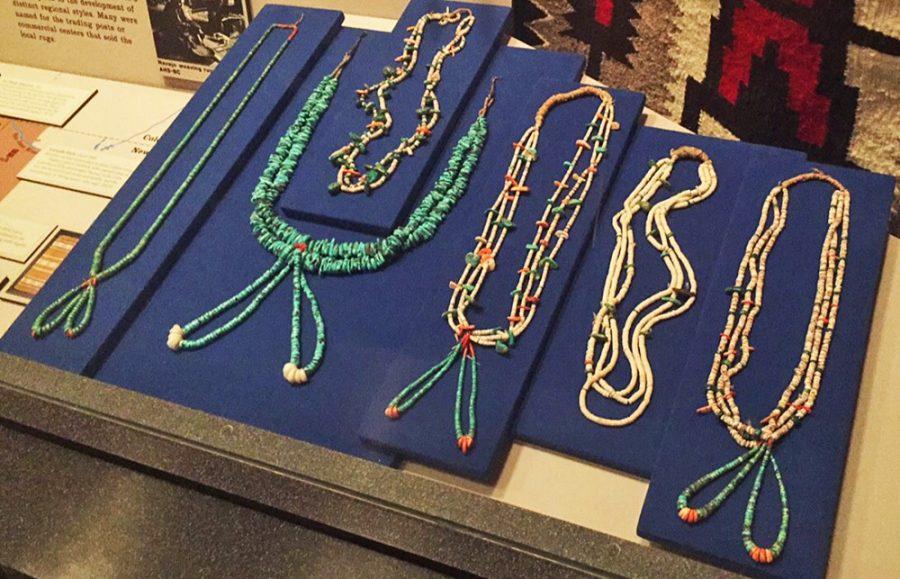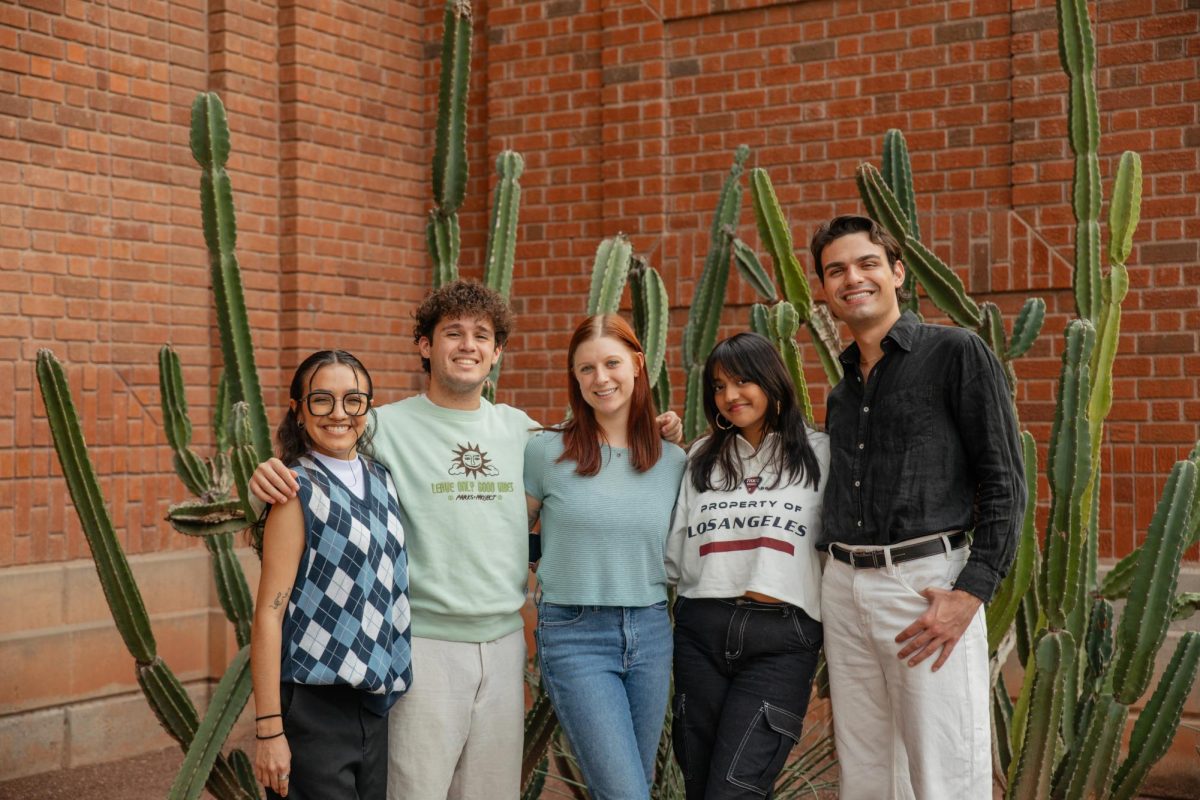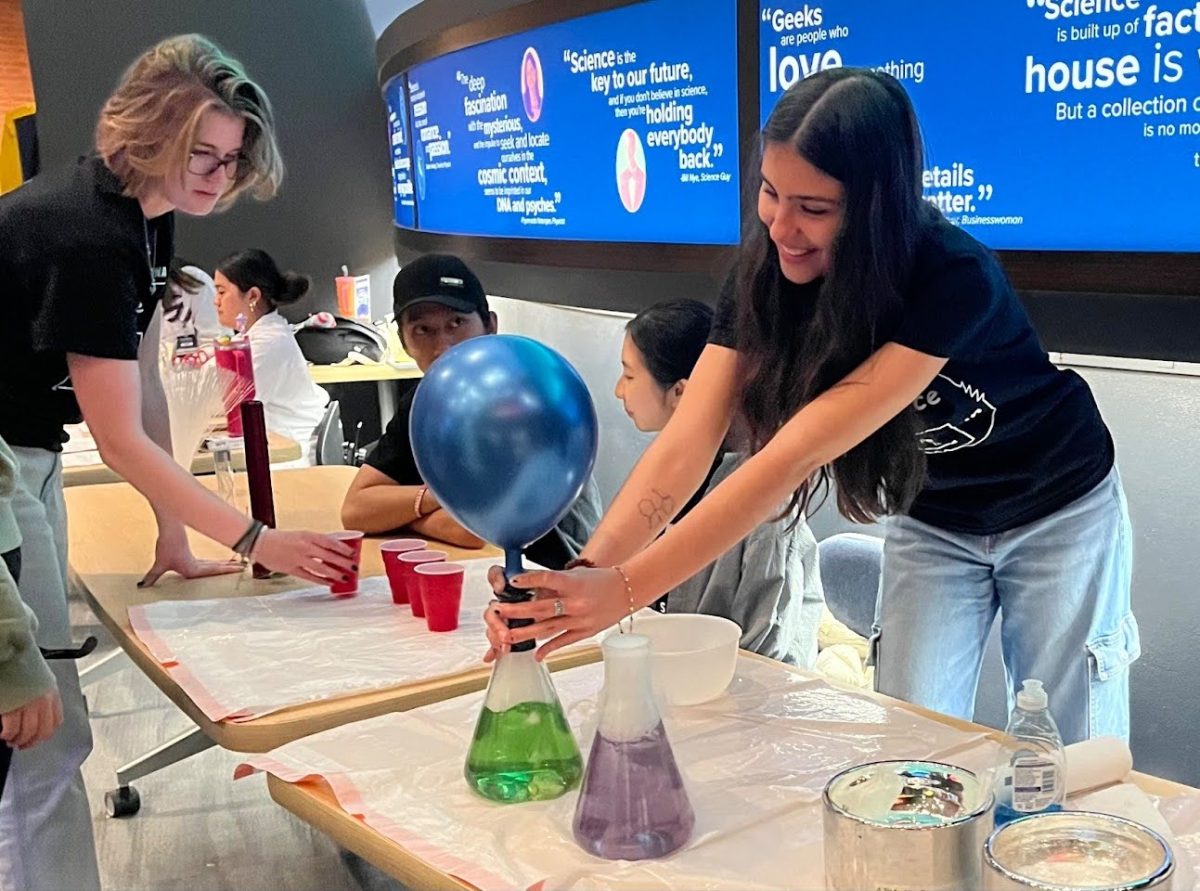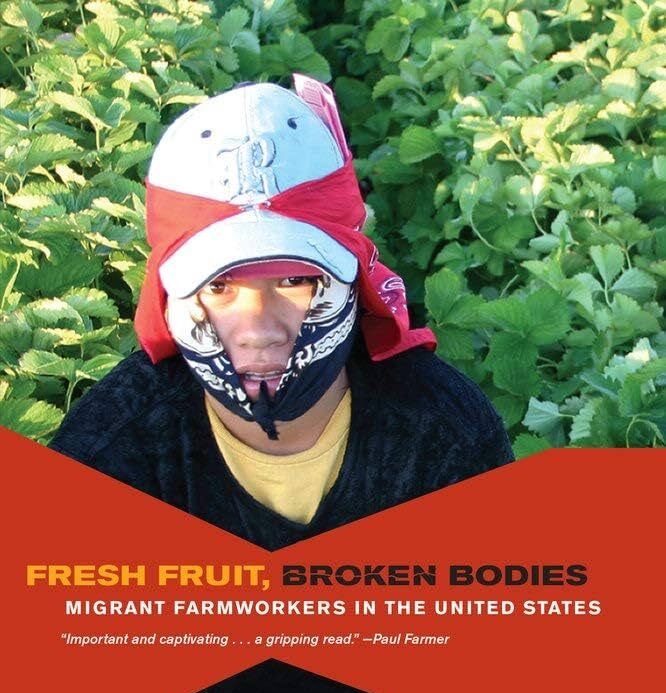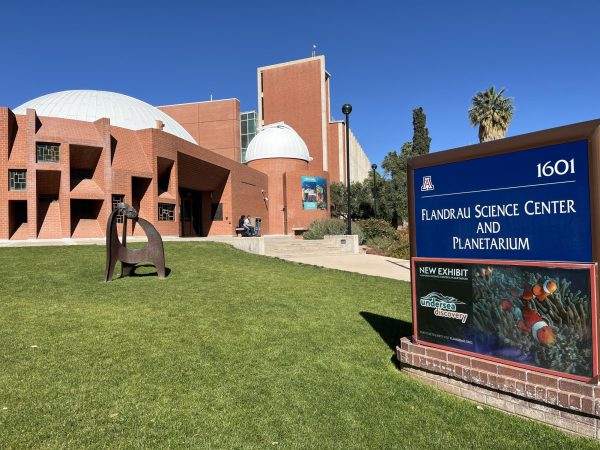The Killick Lab at the University of Arizona has been studying Canyon Creek Mine, located in east-central Arizona, for information on mining efforts in relation to Native American history.
The results? The turquoise mined from Canyon Creek had been traded by tribes farther than previously thought, after the lab had investigated the properties of the gemstone.
David Killick, director of Killick Lab and professor of anthropology, said variations in turquoise come from water passing through the stone and reacting chemically.
“Turquoise is made when water reacts with copper deposits and the type of rock that surrounds it, which creates varieties in color and appearances of the gemstone,” said Killick.
The process started with Saul Hedquist, a UA anthropology alumnus, who collected turquoise samples from museum artifacts throughout Arizona.
Killick said it’s impossible to tell with a microscope where turquoise originated from, and that research has to be done with the isotopic properties.
The isotopic properties of the artifacts and Canyon Creek mine samples were examined and compared with a mass spectrometer by Alyson Thibodeau, a researcher at the Killick Lab.
According to the Annenberg Learner website, isotopes are one form of an atom in which the number of neutrons determine the mass of the atom. The more neutrons the atom has, the more mass it will have.
“The isotopes are a way of tracing people’s contact in ancient times … there was a revolution 30 years ago of the scientific techniques to answer how old sites… how far people have moved,” Killick said.
RELATED: UA Skin Cancer Institute holds 4th annual melanoma walk
According to the Premier Biosoft website, mass spectrometry is used to quantify known materials, identify unknown compounds and explain the structure and chemical properties of different molecules.
The spectrometer has three main instruments: an ion source to convert a sample into a gaseous substance, an analyzer to chart the sample into readable characteristics based on mass and a detector system for recording the properties of the ions that are found.
Permission to collect samples from the Canyon Creek mine was granted by the White Mountain Apache Tribe, as the mine is located on their land.
“To us [turquoise] is sacred…We come from a people of a natural world,” said Ramon Riley, Fort Apache Museum cultural resource director and member of the White Mountain Apache tribe. “Everything we need is here. Everything is sacred and has a spirit.”
Riley said turquoise has a number of uses in religion.
“We use turquoise as our prayer to connect with our creator, Usen,” Riley said. “We use [turquoise] in our ceremonies, in healing and coming of age ceremonies.”
Since the isotopes of the turquoise artifacts matched the samples from the Canyon Creek, the researchers determined the turquoise traveled a distance of 200 kilometers, or 124 miles, from where it was originally found, before being placed into the museums.
RELATED: Biofuels, bioproducts and an Arizona bioeconomy?
This means Native American peoples travelled and traded farther in the Arizona region than previously thought by anthropologists, according to Killick.
“It’s a real interest to the Hopi and Zuni tribes to see where their ancestors came from,” Killick said. “It’s an interest to archaeologists who have been arguing over the origin of the tribes’ trade for 100 years.”
These questions can be answered even if all of the actual gemstones have been removed from the area, leaving no gemstones behind.
Using the Silverbell copper mine in Pima county as an example, Killick said all the turquoise and copper had been removed, but isotopes could still be matched even without turquoise present at the mine, as long as the samples came from the original location of the turquoise.
According to Killick, the earliest known mines in Arizona were made from 800-600 B.C.E.
“Measuring the amount of copper, lead and strontium isotopes changes what we know about where [turquoise] came from,” said Killick.
The Killick Lab is currently researching the existence of long-distance trade to Mexico by examining samples from Aztec sites in what is now Mexico City, which he said he thinks can be used to trace where more of the turquoise artifacts came from.
Follow Olivia Jones on Twitter



